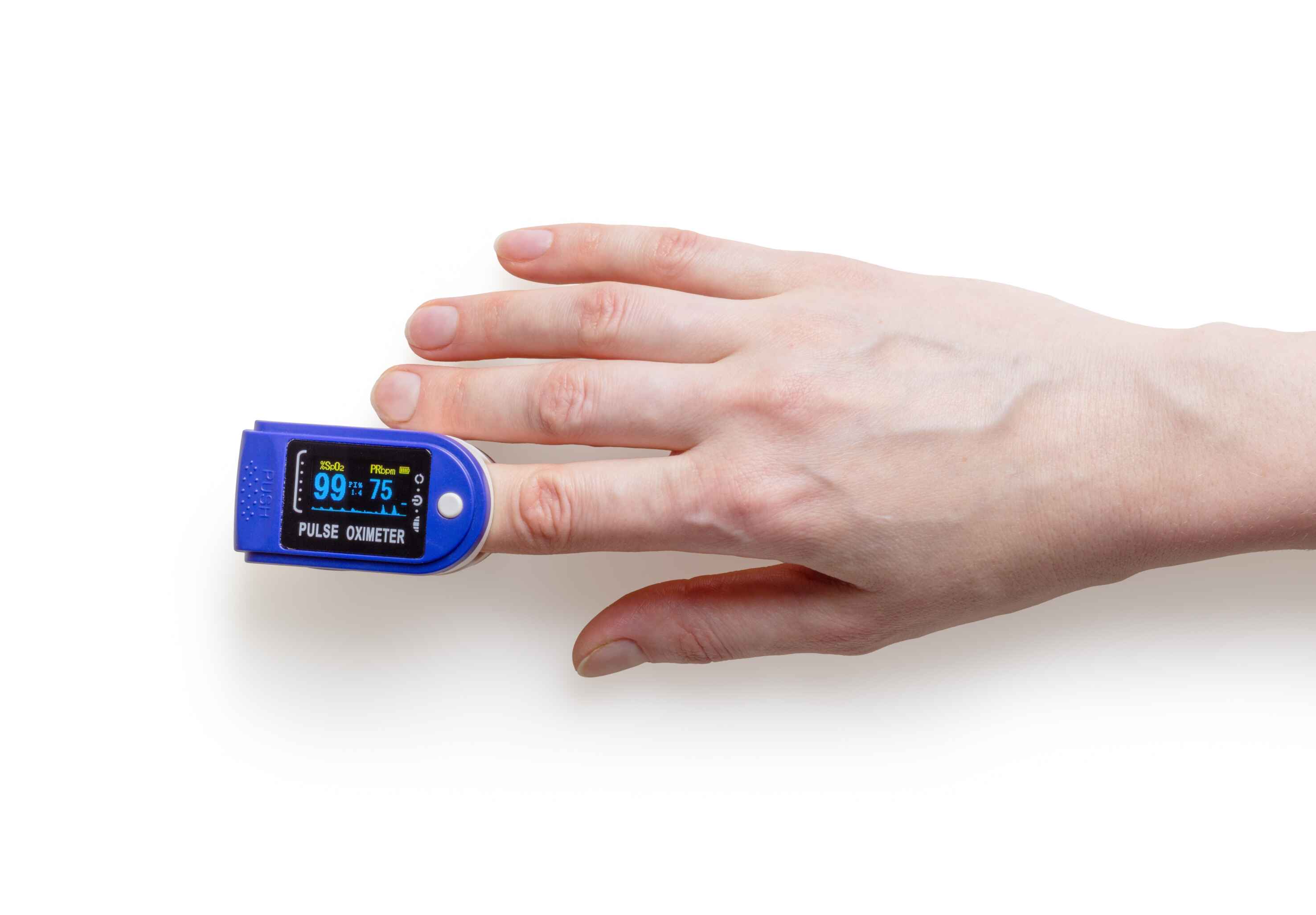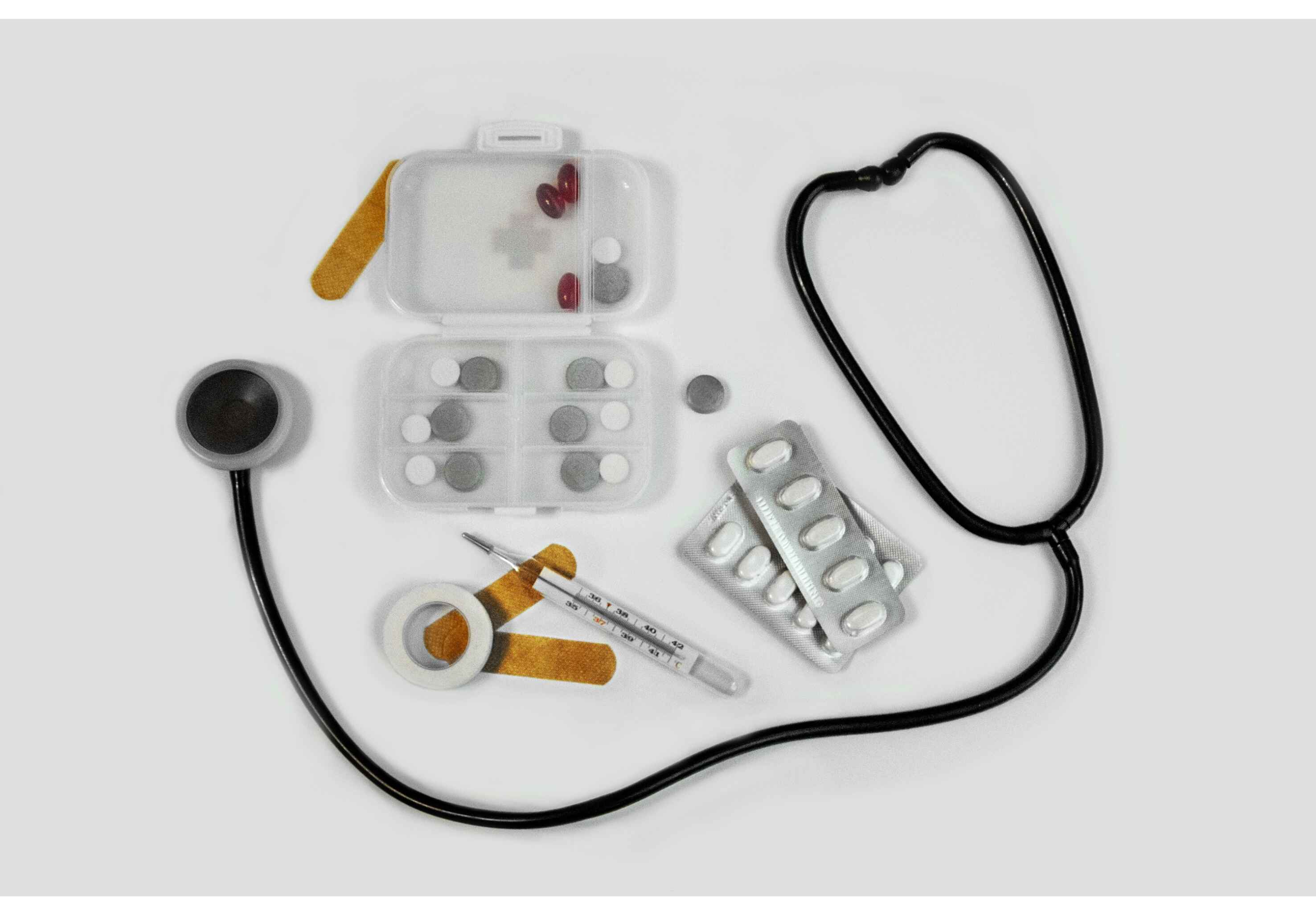
Sleep Science: Unlocking the Secrets to Quality Rest
Details
Sleep Science: Unlocking the Secrets to Quality Rest
In today's fast-paced world, a good night's sleep has become somewhat of a luxury. Many of us find ourselves tossing and turning, struggling to get the rest we need. The consequences of poor sleep go far beyond just feeling groggy in the morning – it can impact our physical and mental health in profound ways. But fear not, because sleep science is here to help us unlock the secrets to quality rest.
Sleep is a fundamental human need, like food and water. Without it, our bodies and minds suffer, and the effects can be far-reaching. From impaired cognitive function to increased risk of chronic diseases, sleep deprivation is a silent epidemic that affects millions worldwide.
The Stages of Sleep
To understand the science behind sleep, it's essential to first grasp the stages of sleep. Sleep is not a uniform state; rather, it's a complex process that cycles through distinct phases throughout the night. There are two main categories of sleep: rapid eye movement (REM) and non-rapid eye movement (NREM). Each stage plays a unique role in our overall sleep quality.
1. NREM Sleep:
NREM sleep is further divided into three stages, with each stage being deeper and more restorative than the last.
- Stage 1 (N1): This is the transition stage between wakefulness and sleep. It's a light sleep, and you can easily be awakened during this stage.
- Stage 2 (N2): This is the onset of actual sleep. During N2, your body temperature drops, and your heart rate and breathing become regular.
- Stage 3 (N3): Also known as slow-wave sleep (SWS), this is the deepest and most restorative stage. During this stage, your body repairs and regrows tissues, builds bone and muscle, and strengthens the immune system.
2. REM Sleep:
REM sleep is the stage associated with vivid dreams. It's called "rapid eye movement" because your eyes move quickly in various directions during this phase. Despite the brain being highly active during REM sleep, your muscles are nearly paralyzed, which is thought to prevent you from acting out your dreams.
Understanding these sleep stages is crucial because the key to quality rest lies in cycling through them multiple times during the night. A disruption in these cycles can lead to poor sleep quality, leaving you feeling tired even after a full night's sleep.
The Role of Circadian Rhythms
Our bodies are inherently programmed to follow a 24-hour cycle known as the circadian rhythm. This internal clock regulates our sleep-wake cycle and influences various biological processes, including body temperature, hormone secretion, and even cognitive function.
The circadian rhythm is primarily influenced by external cues, the most potent of which is light. Exposure to natural light during the day and darkness at night helps synchronize our internal clocks with the external world. This synchronization is vital for healthy sleep patterns.
However, our modern lifestyles have disrupted this natural rhythm. Late-night screen time, artificial lighting, and irregular work schedules can confuse our internal clocks, leading to sleep disorders and poor sleep quality.
To improve your sleep, it's essential to align your daily routines with your circadian rhythm. This includes:
- Getting exposure to natural light during the day: Spend time outdoors, especially in the morning, to help regulate your internal clock.
- Limiting screen time before bedtime: The blue light emitted by screens can suppress the production of melatonin, a hormone that regulates sleep.
- Maintaining a consistent sleep schedule: Try to go to bed and wake up at the same times every day, even on weekends.
The Science of Dreams
Dreams have fascinated humans for centuries, and they play a significant role in sleep science. Dreams occur primarily during REM sleep, and while the exact purpose of dreaming is still a subject of debate among researchers, there are several theories.
One widely accepted theory is that dreaming helps consolidate memories and process emotions. During REM sleep, the brain processes and organizes information gathered throughout the day, helping us make sense of our experiences.
Dreams can be bizarre and surreal, often defying logic and the constraints of reality. They provide a glimpse into the complexity of the human mind and the mysteries of the subconscious.
While not all dreams are pleasant, they serve as a natural release valve for our emotions. Nightmares, for example, may be the mind's way of processing and coping with fear and anxiety. Understanding the science of dreams can help us appreciate their role in our mental and emotional well-being.
Sleep Disorders: The Disruptors of Quality Rest
Despite our understanding of sleep science, many people continue to struggle with sleep disorders that disrupt their restorative rest. Some common sleep disorders include:
1. Insomnia: Characterized by difficulty falling asleep or staying asleep, insomnia can have various causes, including stress, anxiety, and medical conditions.
2. Sleep Apnea: Sleep apnea is a disorder in which breathing repeatedly stops and starts during sleep. It can lead to loud snoring, daytime fatigue, and an increased risk of heart disease.
3. Restless Leg Syndrome (RLS): RLS is a neurological disorder characterized by uncomfortable sensations in the legs, often accompanied by an irresistible urge to move them. This can severely disrupt sleep.
4. Narcolepsy: Narcolepsy is a chronic sleep disorder that causes overwhelming daytime drowsiness and sudden attacks of sleep. It can be debilitating for those who suffer from it.
5. Parasomnias: These are abnormal behaviors that occur during sleep, such as sleepwalking, night terrors, or sleep-related eating disorders.
Identifying and treating these sleep disorders is a crucial aspect of sleep science. Fortunately, there are various medical interventions and lifestyle changes that can help individuals with sleep disorders achieve better rest.
The Connection Between Sleep and Health
Quality rest is not just a matter of feeling refreshed in the morning; it's deeply intertwined with our overall health. Sleep science has uncovered the profound impact of sleep on various aspects of our well-being.
1. Cognitive Function: Adequate sleep is essential for cognitive functions such as memory, problem-solving, and creativity. When we sleep, our brains consolidate and organize information, making it easier for us to learn and remember.
2. Mood Regulation: Sleep plays a vital role in regulating mood and emotions. Sleep deprivation can lead to irritability, mood swings, and an increased risk of mood disorders such as depression and anxiety.
3. Immune Function: Sleep is when the body repairs and strengthens the immune system. Chronic sleep deprivation can weaken the immune response, making us more susceptible to illnesses.
4. Hormonal Balance: Sleep is intricately connected to hormonal balance. Hormones that regulate hunger and appetite, such as leptin and ghrelin, can be disrupted by poor sleep, potentially leading to weight gain and obesity.
5. Heart Health: Lack of sleep is associated with an increased risk of heart disease, high blood pressure, and irregular heartbeats. Quality rest is essential for cardiovascular health.
6. Longevity: There's evidence to suggest that consistently getting enough sleep can lead to a longer lifespan. Sleep is a critical component of overall health and longevity.
The Quest for Better Sleep: Tips and Strategies
Now that we understand the importance of quality sleep and the science behind it, let's explore some practical tips and strategies to improve our sleep:
1. Create a Relaxing Bedtime Routine: Wind down before
bed with calming activities such as reading, taking a warm bath, or practicing relaxation techniques like deep breathing.
2. Optimize Your Sleep Environment: Make your bedroom conducive to sleep by keeping it dark, quiet, and cool. Invest in a comfortable mattress and pillows.
3. Limit Screen Time: Avoid screens at least an hour before bedtime to reduce exposure to blue light that can disrupt your sleep-wake cycle.
4. Be Mindful of What You Eat and Drink: Avoid heavy meals, caffeine, and alcohol close to bedtime. These can interfere with sleep quality.
5. Exercise Regularly: Physical activity can improve sleep quality, but try to finish your workout at least a few hours before bedtime to allow your body to wind down.
6. Stick to a Sleep Schedule: Go to bed and wake up at the same times every day, even on weekends. Consistency helps regulate your internal clock.
7. Manage Stress: Practice stress-reduction techniques such as meditation, yoga, or journaling to alleviate anxiety that can interfere with sleep.
8. Seek Professional Help: If you have chronic sleep problems or suspect a sleep disorder, consult a healthcare professional or sleep specialist for evaluation and treatment.
Conclusion
Sleep science has unraveled many of the mysteries surrounding our nightly rest. From understanding the stages of sleep to the role of circadian rhythms, dreams, and the profound connection between sleep and health, we now have valuable insights into the importance of quality rest.
By incorporating the tips and strategies mentioned here, you can take significant steps towards improving your sleep and, in turn, enhancing your overall well-being. Remember, quality sleep is not a luxury; it's a fundamental need that should be prioritized for a healthier, happier life. Sweet dreams!








